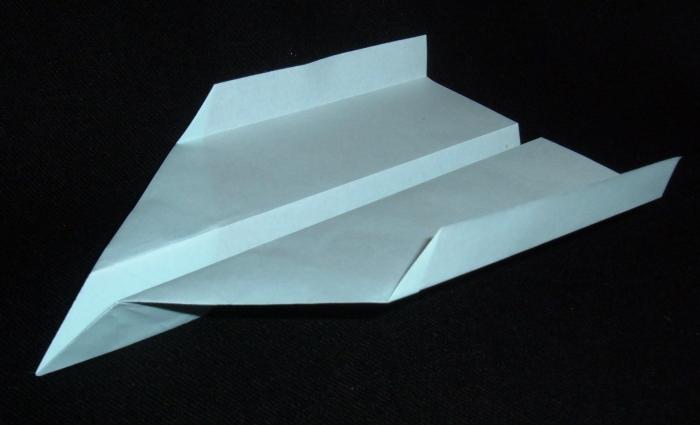 |
| https://upload.wikimedia.org/wikipedia/commons/thumb/8/8a/Earth-cutaway-schematic-english.svg/2000px-Earth-cutaway-schematic-english.svg.png |
Summary
The earth is made up of several layers. The crust, mantle, and inner and outer core. There is also another way to identify the earth's layers; there is the lithosphere(crust and upper mantle), asthenosphere(part of mantle right after lithosphere), mesosphere(the rest of the mantle), and the inner and outer core. The lithosphere is actually plate tectonics which float on top of the asthenosphere. All plates have boundaries (or edges). There are three types of ways boundaries move. Ther ear transformed (when they spread apart), convergent (when they go in and hit each other), and transformed boundaries (when they slip past each other). When they boundaries move or hit each other it causes earthquakes.
SP2: Developing and using models
This week I developed models by making stacks using clay. In our groups we had to create stacks of "pancakes" and "pebbles". We take one 3 flat oval of clay and stacked them on top of each other with small balls of clay in between each layer. First we constructed one in 3 minutes. We then found out we needed and more efficient way to build it since we couldn't finish in 3 minutes. Then we built it in 5 and 7 minutes but with more pebbles in each layer. Later on, we used the models that we developed by having them get cut in half and placing popsicle sticks to model as a fence going the opposite way of the cut (which represented a fault line). This showed us how when on side of the fault moves, the fence would move with it instead of breaking or collapsing or something.


